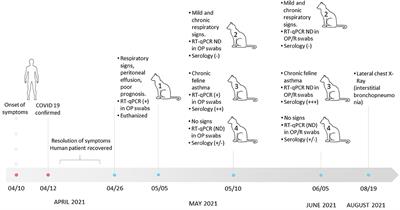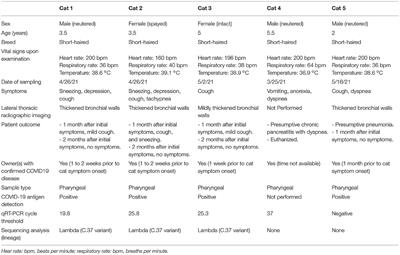BRIEF RESEARCH REPORT
Published on 01 Mar 2022
Anthropogenic Infection of Domestic Cats With SARS-CoV-2 Alpha Variant B.1.1.7 Lineage in Buenos Aires

doi 10.3389/fvets.2022.790058
- 6,080 views
- 9 citations
9,427
Total downloads
104k
Total views and downloads
You will be redirected to our submission process.
BRIEF RESEARCH REPORT
Published on 01 Mar 2022

BRIEF RESEARCH REPORT
Published on 10 Nov 2021

BRIEF RESEARCH REPORT
Published on 17 Sep 2021

OPINION
Published on 10 Feb 2021
OPINION
Published on 30 Oct 2020

REVIEW
Published on 04 Sep 2020

